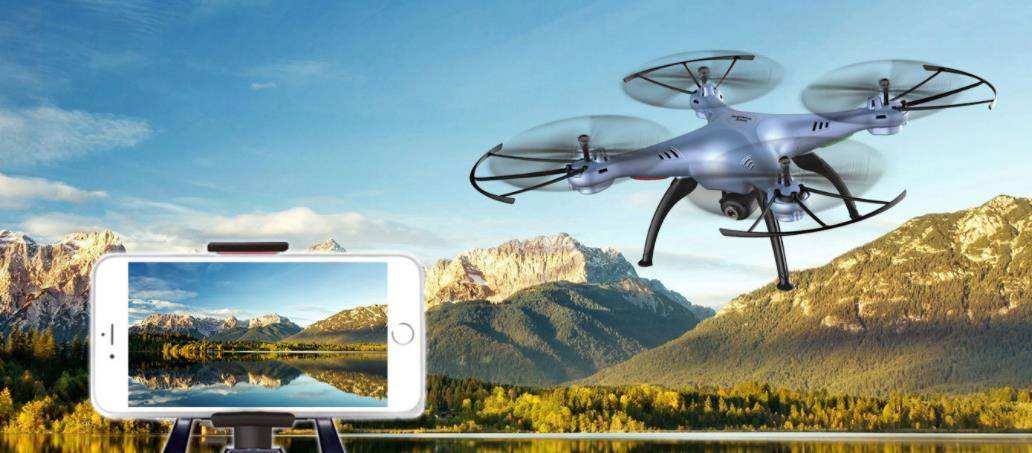The evolution of drone technologies has led to groundbreaking advancements in logistics, particularly with Zipline’s innovations in drone delivery services. Zipline, an industry leader known for revolutionizing last-mile logistics, continues to impact how goods are transported swiftly and efficiently. As we delve into the impact of Zipline on drone delivery services, the focus will be on key aspects that contribute to its success and potential future developments. Drone deliveries are no longer a concept of the distant future; they are increasingly becoming integral to modern supply chains. Zipline has played a pivotal role in making this futuristic vision a reality.
The Emergence of Zipline
The company made headlines by initially deploying drones in areas lacking sufficient infrastructure. Zipline uses advanced drone technology to deliver medical supplies in remote regions where traditional delivery methods face challenges. This innovative approach not only aspires to solve logistical problems but also lays the foundation for transforming global delivery systems.
When it comes to making quick and precise deliveries, Zipline’s drones are engineered to operate under different environmental conditions, ensuring that essential items like vaccines and medications reach their destinations on time. By eliminating substantial delays, Zipline significantly enhances the efficiency of healthcare distribution.
Drone Delivery – A Sustainable Future
Drone delivery presents a sustainable solution for urban congestion and pollution. The advent of Zipline’s eco-friendly drones provides an alternative to fuel-based transport, reducing carbon footprints and promoting a cleaner environment. This aspect of Zipline’s drone technology aligns with global efforts towards sustainability.
The Advantages of Zipline Drone Delivery
- Speed and Efficiency: Drone deliveries can achieve far greater speeds than traditional vehicle transport, drastically reducing delivery times.
- Accessibility: With less dependency on physical road infrastructure, drones can deliver goods to remote locations, which are typically hard to access.
- Cost-Effectiveness: Minimizing the need for extensive human resources and eradicating fuel costs makes drone delivery a cost-saving logistics solution.
Another crucial factor is Zipline’s investment in scalable technologies that allow for broad applicability across various sectors. Not only does Zipline focus on healthcare, but its model can be adapted for consumer goods, food delivery, and beyond—ushering in a more versatile delivery ecosystem.

Challenges and Considerations
Although the advantages are clear, implementing drone delivery services comes with challenges such as regulatory hurdles and public acceptance. Governments worldwide are gradually developing regulations to integrate drones into their airspaces harmoniously. Additionally, societal apprehensions concerning privacy and safety must be addressed for widespread acceptance of drone delivery services.
Future Prospects and Expansion
Looking ahead, Zipline plans to scale its operations, aiming to serve larger populations and diversify its service offerings. The potential of drone deliveries in urban areas, combined with advanced machine learning algorithms, will facilitate faster and more effective delivery networks. By expanding to new markets and increasing its drone capacities, Zipline is setting a precedent for future logistical transformations.

How does Zipline ensure safe and secure deliveries?
Zipline employs advanced navigation and anti-collision technology to maintain safe flight paths. Additionally, routine checks and software updates are performed to ensure optimal functioning of their drones.
Are Zipline’s services only limited to healthcare?
Currently, Zipline primarily focuses on medical supply deliveries but is working to expand into commercial sectors such as e-commerce and food services.
What makes drone delivery cost-effective?
The reduction in fuel consumption, decreased human resource needs for delivery, and streamlined operations contribute to lower overall costs compared to traditional delivery methods.